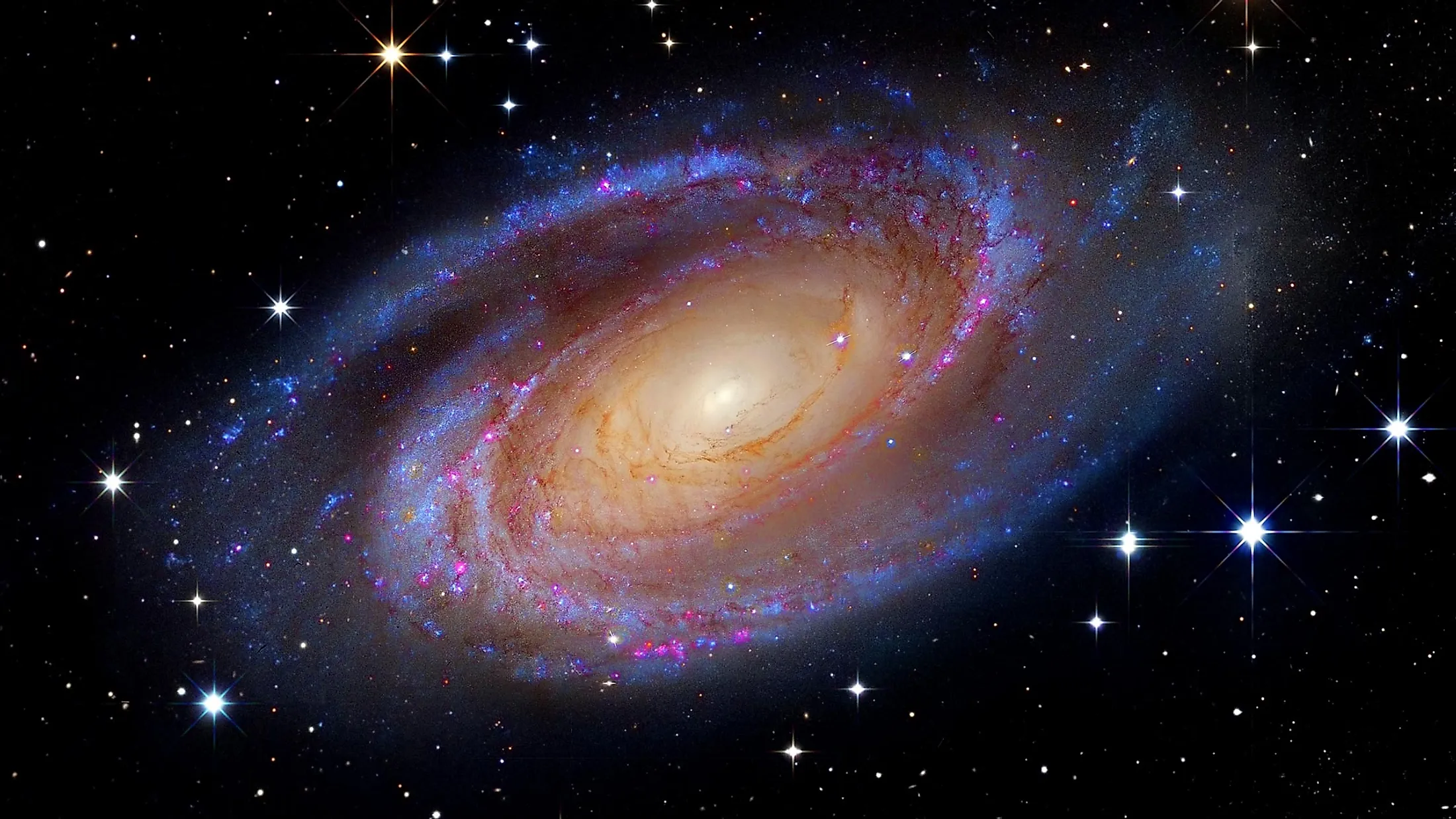Astronomers have identified what might be two of the Milky Way’s earliest building blocks, dubbed “Shakti” and “Shiva,” suggesting they merged with the early Milky Way over 12 to 13 billion years ago, contributing to its initial formation. Combining data from ESA’s Gaia mission with measurements from the SDSS survey, astronomers made this groundbreaking discovery, akin to archeologists uncovering traces of an ancient settlement that evolved into a modern city.

The Milky Way’s history involves the merging of smaller galaxies, forming substantial building blocks. Researchers Khyati Malhan and Hans-Walter Rix from the Max Planck Institute for Astronomy identified two potential early building blocks, Shakti and Shiva, remnants of galaxies that merged with the Milky Way billions of years ago. By analyzing Gaia and SDSS data, they found these fragments, akin to discovering the roots of a present-day city.
When galaxies merge, they bring along their hydrogen gas clouds, leading to the formation of new stars. Stars from merging galaxies mingle, contributing to the stellar population of the newly formed galaxy. Despite the challenge of identifying stars’ origins post-merger, certain physical properties like energy and angular momentum offer clues to trace their ancestry. Stars with similar energy and angular momentum likely originated from the same pre-merger galaxy.
Lower metallicity indicates older stars. Thus, stars with low metal content, known as “metal-poor” stars, likely formed early in the galaxy’s history. This method, along with Gaia’s extensive data set launched in 2013, enables astronomers to excavate the Milky Way’s ancient past.
Malhan and Rix used Gaia data combined with stellar spectra from the Sloan Digital Sky Survey to identify Shakti and Shiva. They observed groups of metal-poor stars with specific energy and angular momentum combinations, indicative of stars originating from separate merging galaxies. Named after Hindu deities, Shakti and Shiva show high angular momentum and low metallicity, suggesting they could be among the Milky Way’s earliest ancestors.
These findings expand our understanding of the Milky Way’s formation. Shakti and Shiva, possibly the first additions to the Milky Way’s core, played a crucial role in its growth into a large galaxy. This discovery underscores the importance of data-driven astronomical research and its role in unraveling the mysteries of the universe.
Leave a Reply